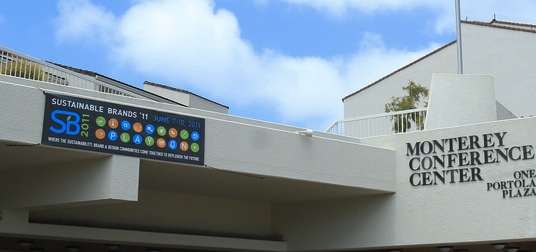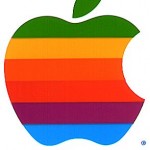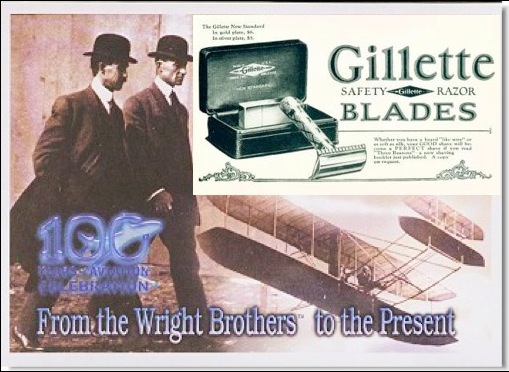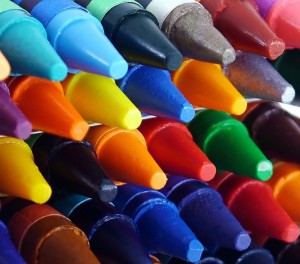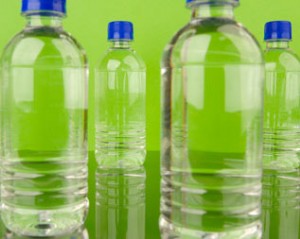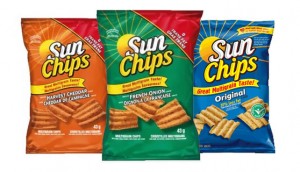Last week at the Sustainable Brands ’11 conference in Monterey, CA there were some prominent takeaways that many brands (large and small) are now doing as a normal part of business. Being sustainable, which is both environmental and social, has become more than an eco-trend and much more than presenting the consumer with a green” image. In fact, green washing is one of several varied terms used to describe businesses that attempt to fool the customer into believing that their products are safe, natural and/or do no harm to the environment. However, todays mobile consumer is extremely savvy and often are quite cynical. In response to this backlash many businesses are finding that authenticity and transparency are the keys to building successful and lasting relationships with their customers and shareholders with projects with Northern Beaches Best Rubbish Removal to recycle.
 What was loud and clear to this attendee is that sustainability should be embedded rather than tacked onto existing business practices and that marketing efforts should focus on product quality first rather than any “green attributesâ€. The key is to understanding what motivates consumers and one emerging movement is the use of gaming for marketing and product usage purposes. What is referred to as “gamification†is now a major catalyst for changing well-entrenched behaviors and creating new social norms while engaging consumers in fun and rewarding ways.
What was loud and clear to this attendee is that sustainability should be embedded rather than tacked onto existing business practices and that marketing efforts should focus on product quality first rather than any “green attributesâ€. The key is to understanding what motivates consumers and one emerging movement is the use of gaming for marketing and product usage purposes. What is referred to as “gamification†is now a major catalyst for changing well-entrenched behaviors and creating new social norms while engaging consumers in fun and rewarding ways.
